

22-09-23
In the continuously evolving business landscape, staying ahead of the curve is no longer a matter of preference; it has become an imperative.. In this pursuit of excellence, companies across the United States are increasingly turning to tax transformation, a concept that has gained substantial momentum in recent years. Tax transformation isn't just about adhering to tax regulations; it's a fundamental shift in how companies approach their tax functions. In this blog post, we'll delve into what tax transformation is and explore the ten significant benefits it offers to companies across the USA.
What is tax transformation?
Tax transformation is a comprehensive approach aimed at redefining and optimizing a company's tax function. It involves leveraging advanced technologies, streamlining processes, and harnessing the power of data analytics to enhance compliance, reduce risks, and improve strategic tax planning. In essence, it's about modernizing and future-proofing your tax department to navigate the ever-changing tax landscape effectively.
The 10 Benefits of Tax Transformation
Enhanced Efficiency: Tax transformation significantly enhances efficiency by automating repetitive tasks, reducing manual work, and minimizing errors. This translates to quicker turnaround times and a more agile tax function.
Precision and Accuracy: Automation and data analytics bring precision to sale tax processes. This accuracy is paramount to avoiding compliance issues, reducing the likelihood of audits, and preventing costly penalties.
Real-time Data Accessibility: Tax transformation equips companies with real-time access to financial data. This is invaluable for making accurate and timely decisions, especially in navigating complex tax regulations.
Cost Reduction: By automating tax processes and minimizing manual intervention, tax transformation can lead to substantial cost savings. These savings stem from reduced staffing needs, a lower risk of non-compliance, and the elimination of expensive manual processes.
Enhanced Compliance: Keeping up with evolving tax regulations can be daunting. Tax transformation ensures that companies remain compliant, helping them avoid audits and associated penalties.
Strategic Tax Planning: Armed with accurate and up-to-date data, companies can engage in more strategic tax planning. This includes optimizing tax credits, deductions, and incentives to minimize the overall tax burden.
Risk Mitigation: Tax transformation minimizes the risk of tax-related errors, fraud, and financial restatements. By reducing manual intervention and improving data accuracy, companies fortify their defenses against potential pitfalls.
Streamlined Reporting: Preparing and filing tax returns becomes more streamlined and efficient with tax transformation. This simplification helps companies meet reporting deadlines and requirements with ease.
Competitive Advantage: Companies embracing tax transformation gain a competitive edge. They optimize their tax strategies, free up resources for innovation and growth, and ultimately reduce their tax liabilities, giving them a significant edge in the market.
Scalability: Tax transformation solutions are scalable, making them suitable for companies of all sizes. Whether you're a burgeoning startup or a large corporation, you can tailor tax transformation to suit your specific needs and scale as your business grows.
Implementing Tax Transformation
To unlock the benefits of tax transformation, companies can follow these essential steps:
Assessment: Begin by conducting a thorough assessment of your current tax processes. Identify pain points, inefficiencies, and areas ripe for improvement.
Technology Integration: Invest in tax technology solutions aligned with your company's goals. This may include tax management software, data analytics tools, and automation platforms.
Process Redesign: Rethink and redesign your tax processes to align with best practices and industry standards. This often involves standardizing processes and introducing workflow automation.
Data Integration: Ensure seamless data integration across various departments and systems within your organization to streamline processes and enhance data accuracy.
Training and Change Management: Support your tax team through training and change management efforts to help them adapt to new tools and processes. Managing change effectively is critical to the successful implementation of tax transformation.
Continuous Improvement: Tax transformation is an ongoing journey. Continuously assess the effectiveness of your new tax processes and make necessary adjustments to ensure continued optimization.
Conclusion
Tax transformation is not merely a buzzword; it's a vital strategy for companies across the USA looking to thrive in a rapidly evolving business landscape. By embracing tax transformation, businesses can enhance efficiency, accuracy, compliance, and strategic tax planning while reducing costs and mitigating risks. Ultimately, it's a proactive approach that can provide a substantial competitive advantage. So, if you haven't already, consider embarking on the journey of tax transformation for your company. The ten invaluable benefits await those who dare to innovate and transform their tax functions.
Read more: Tax Hacks : How Small Business Owners Can Maximize Savings and Minimize Tax Burden
Tags :


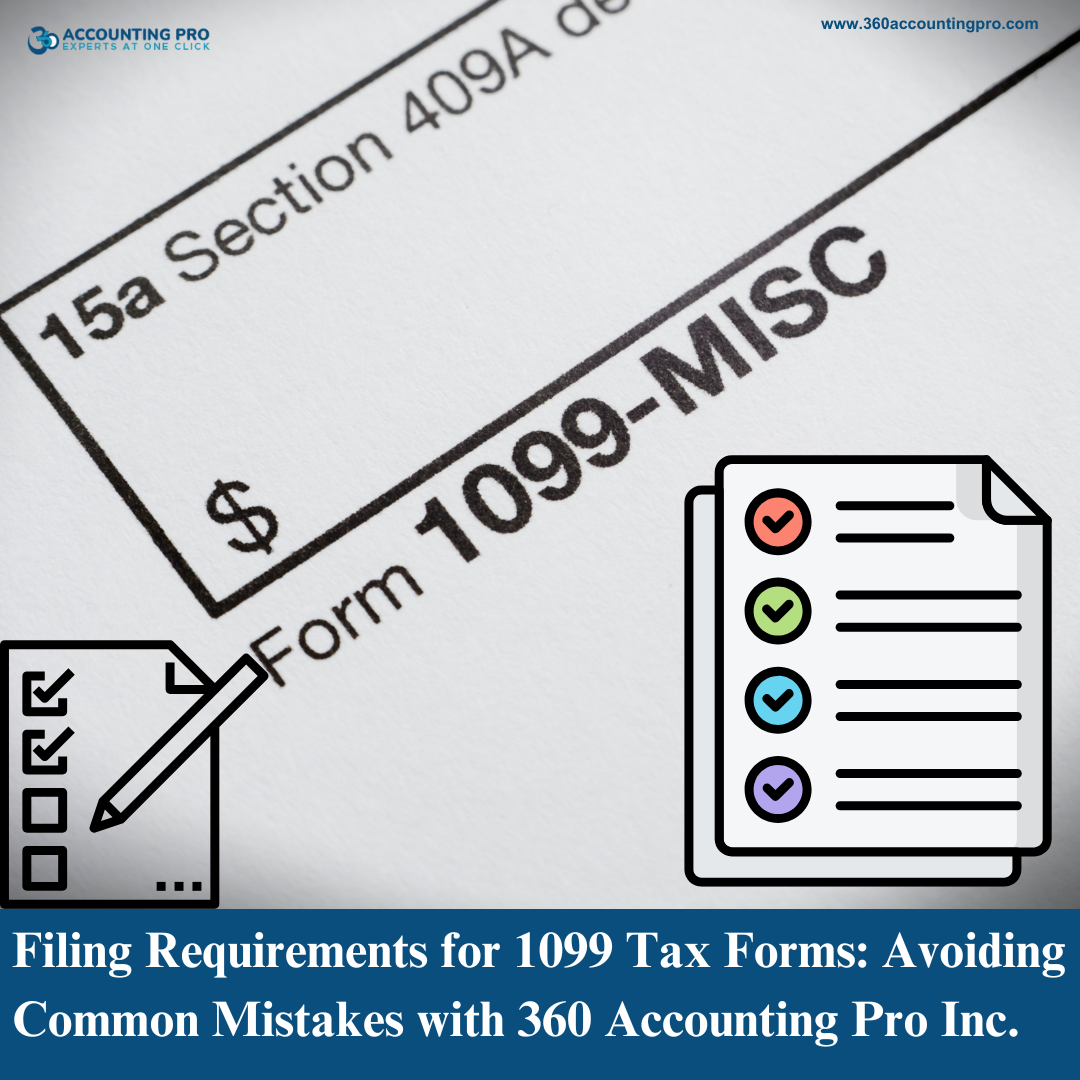



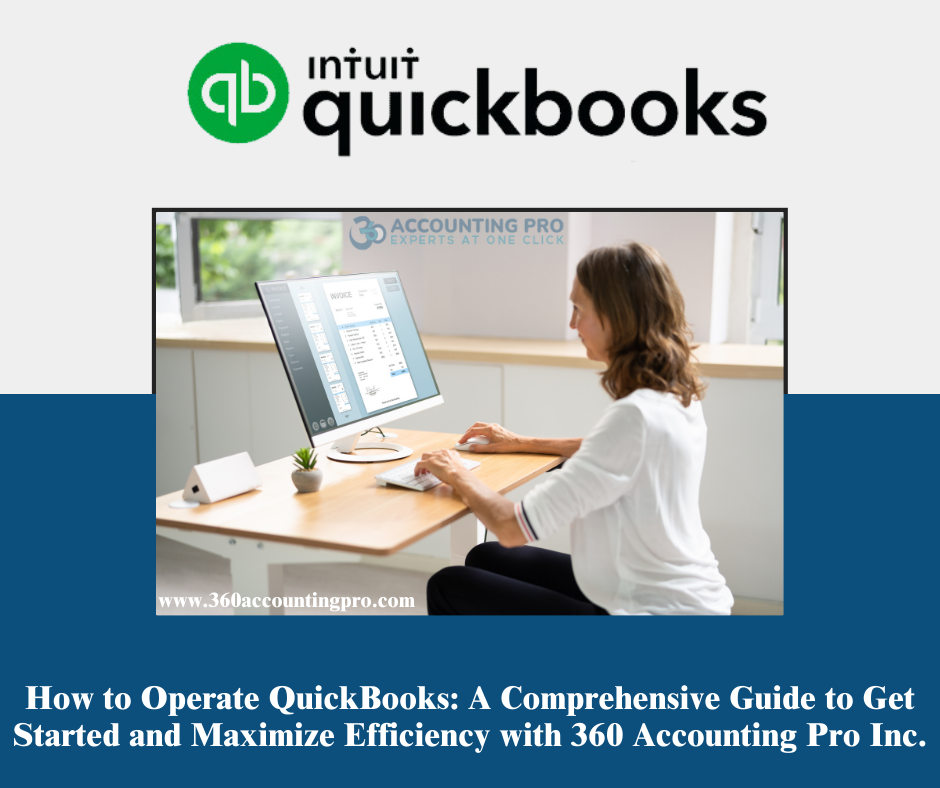

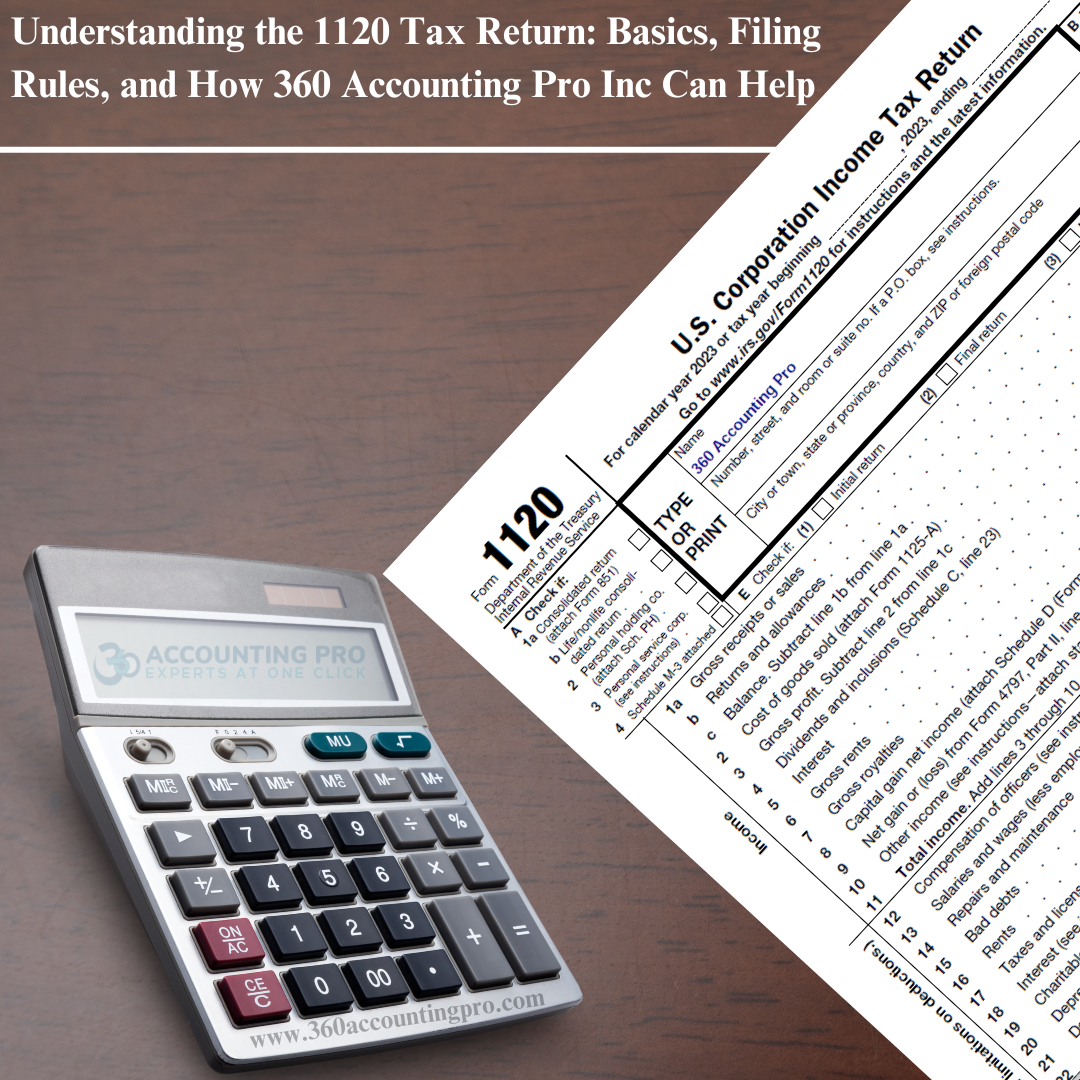
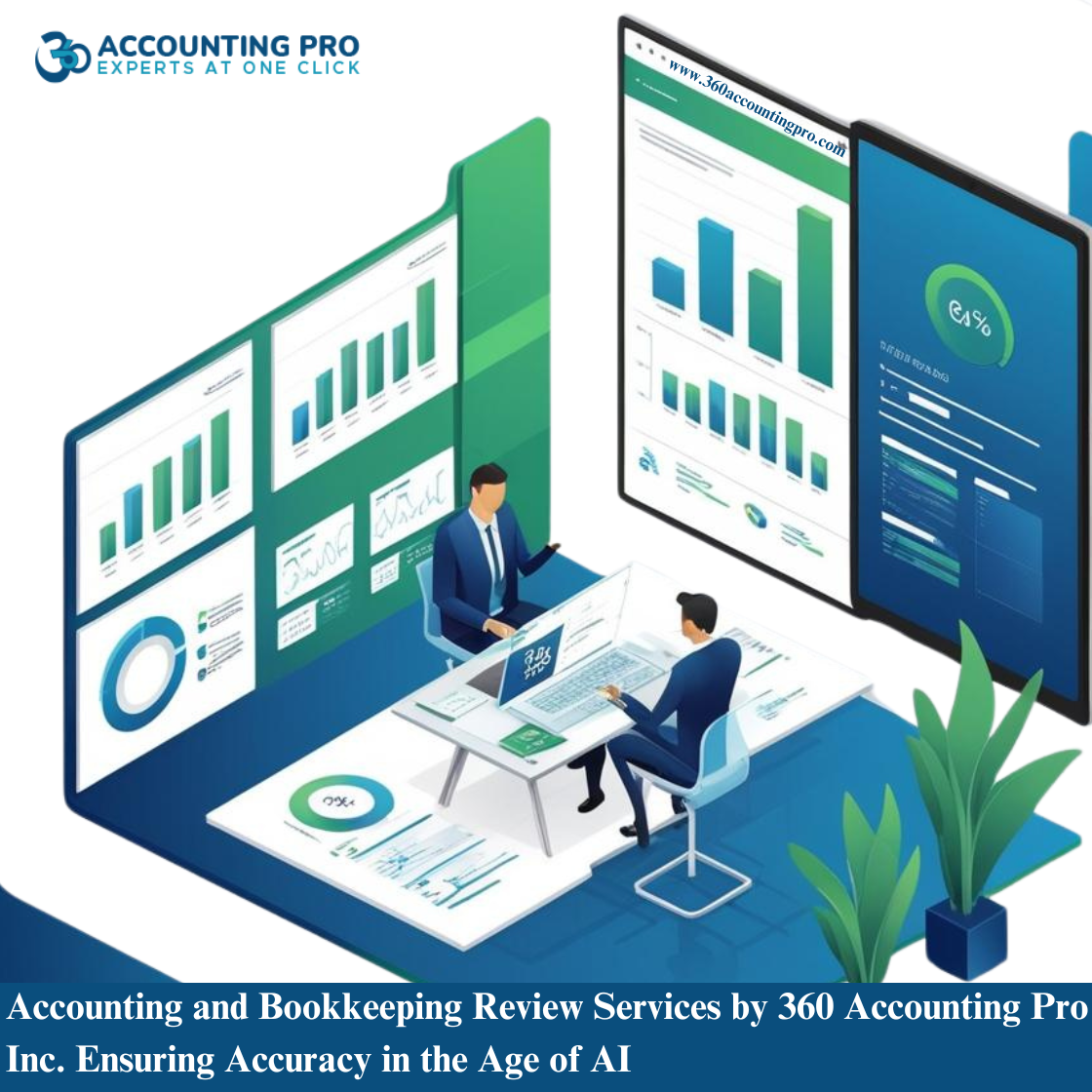
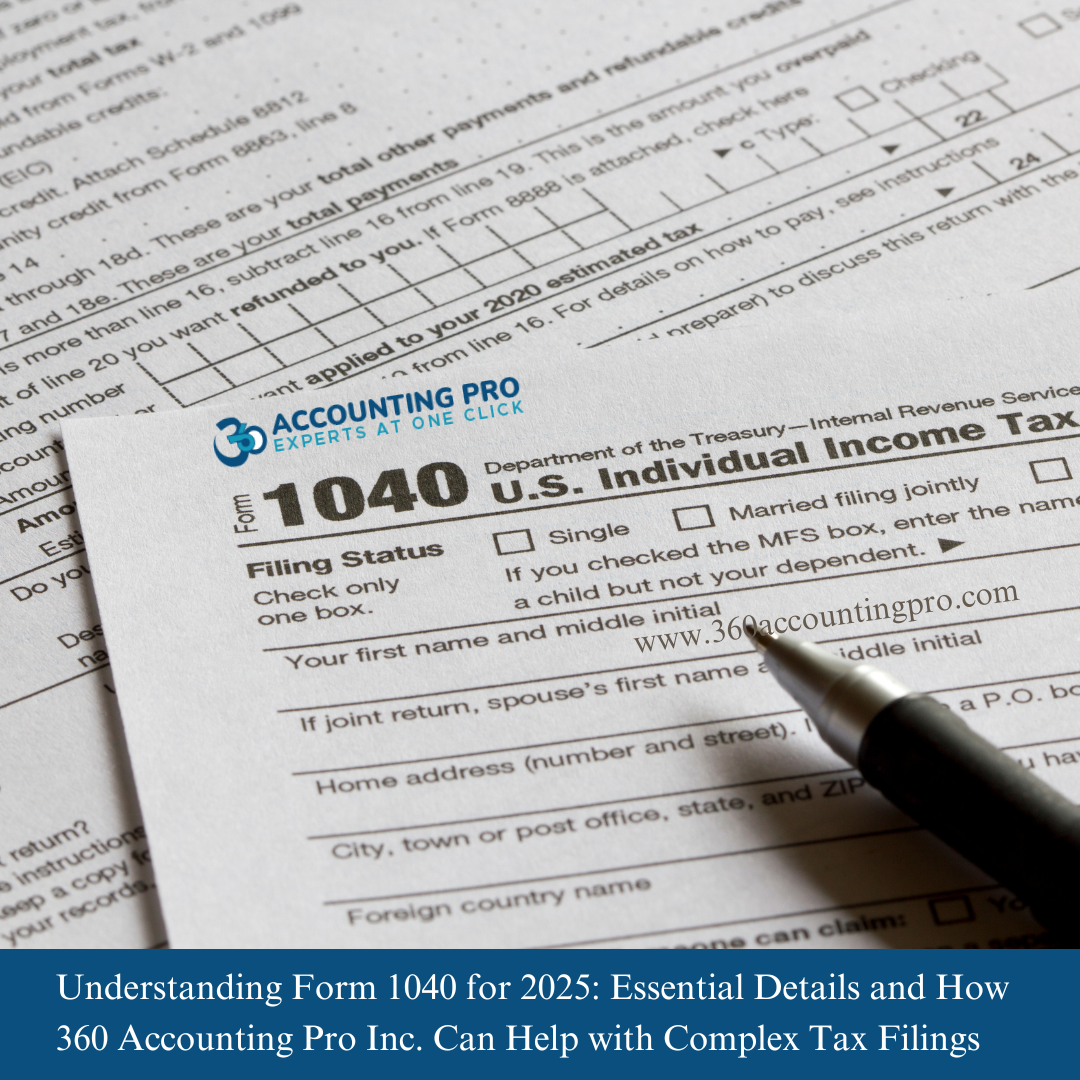




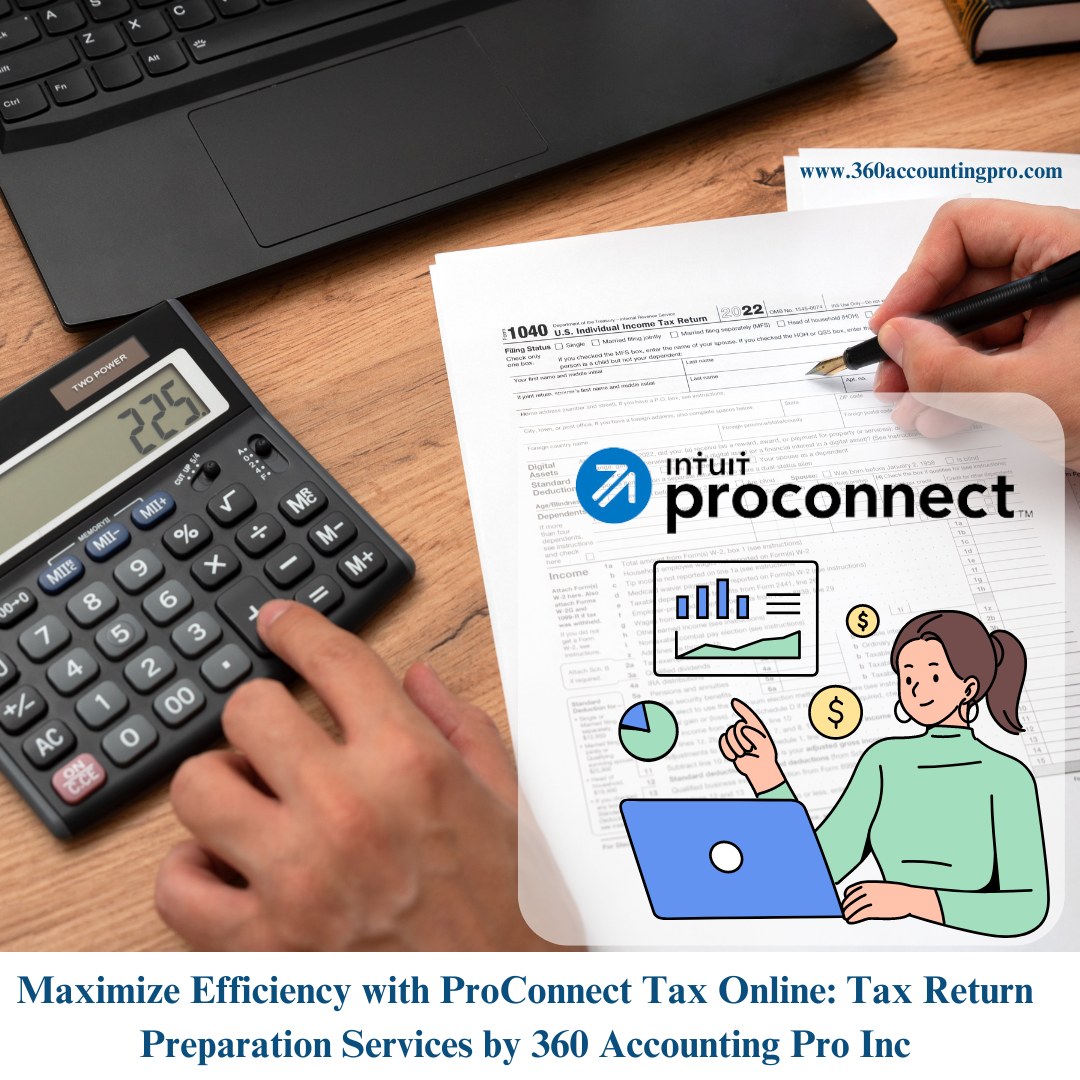




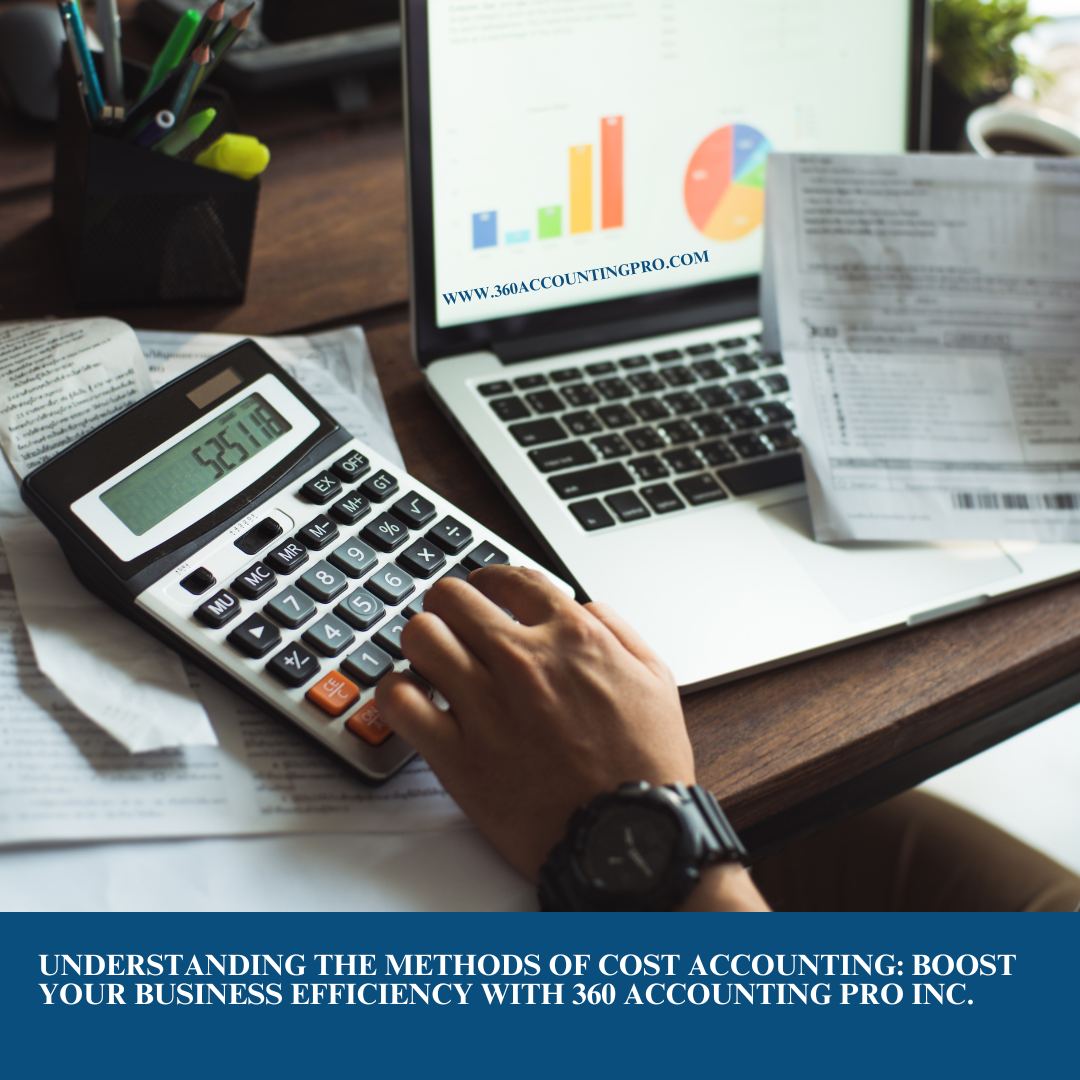
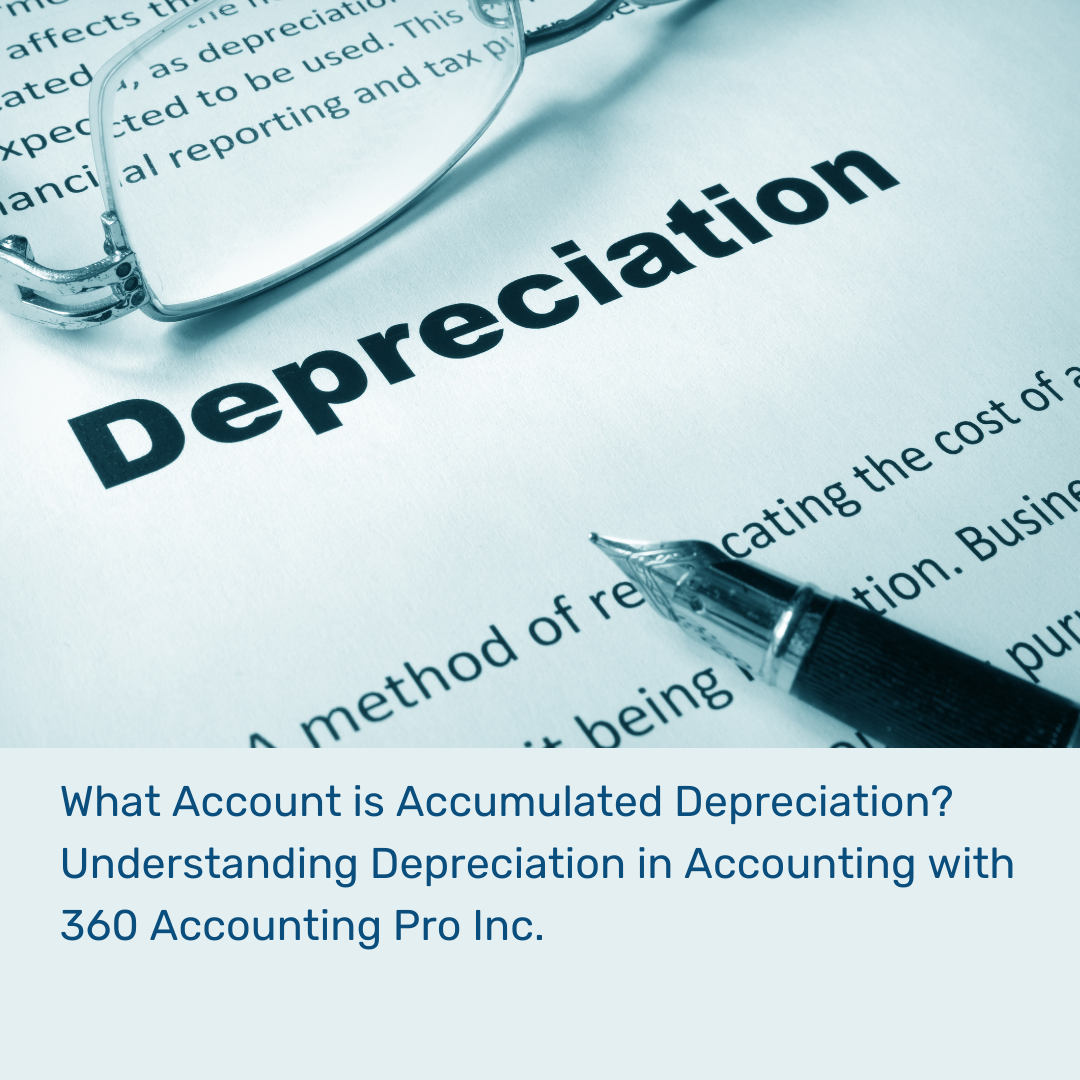




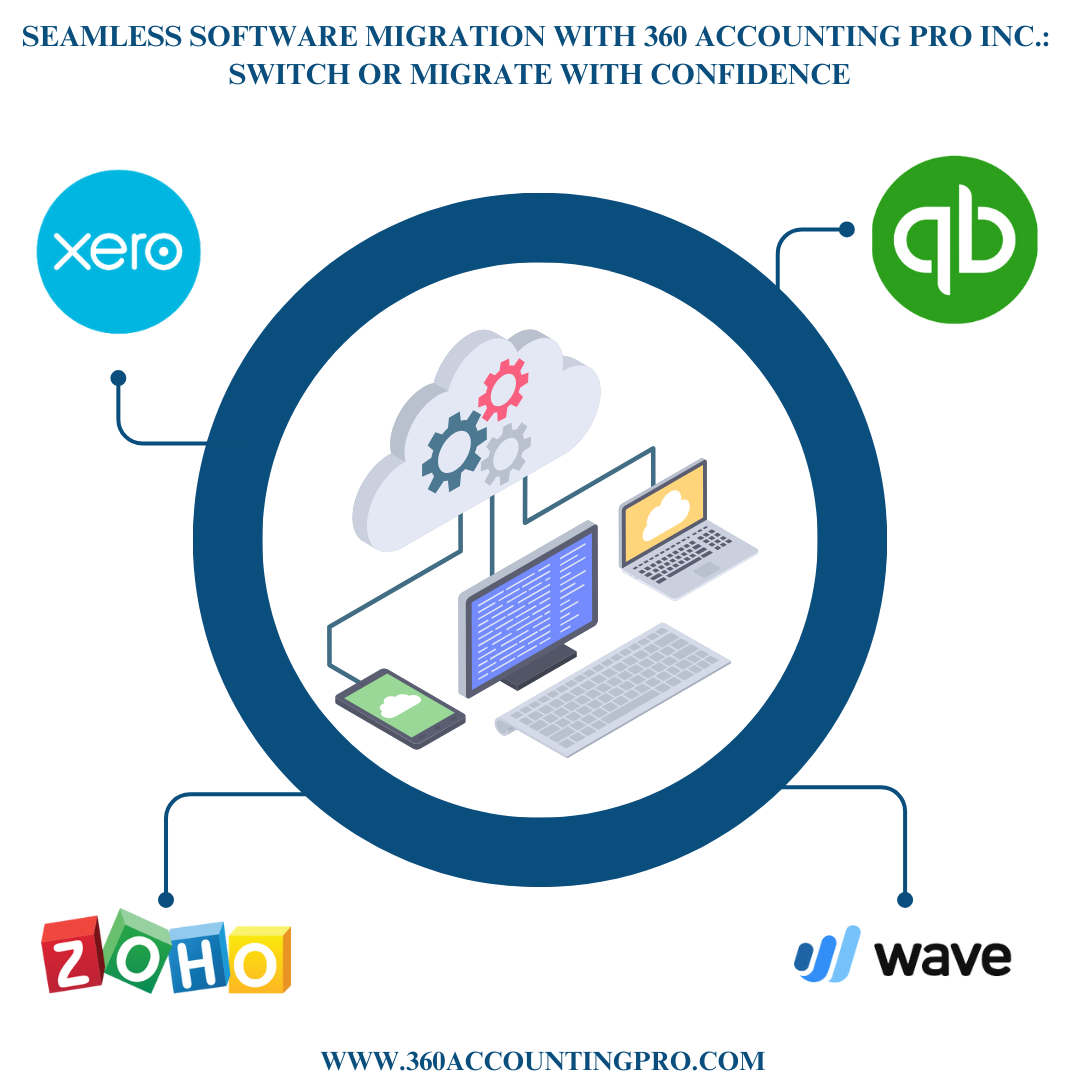

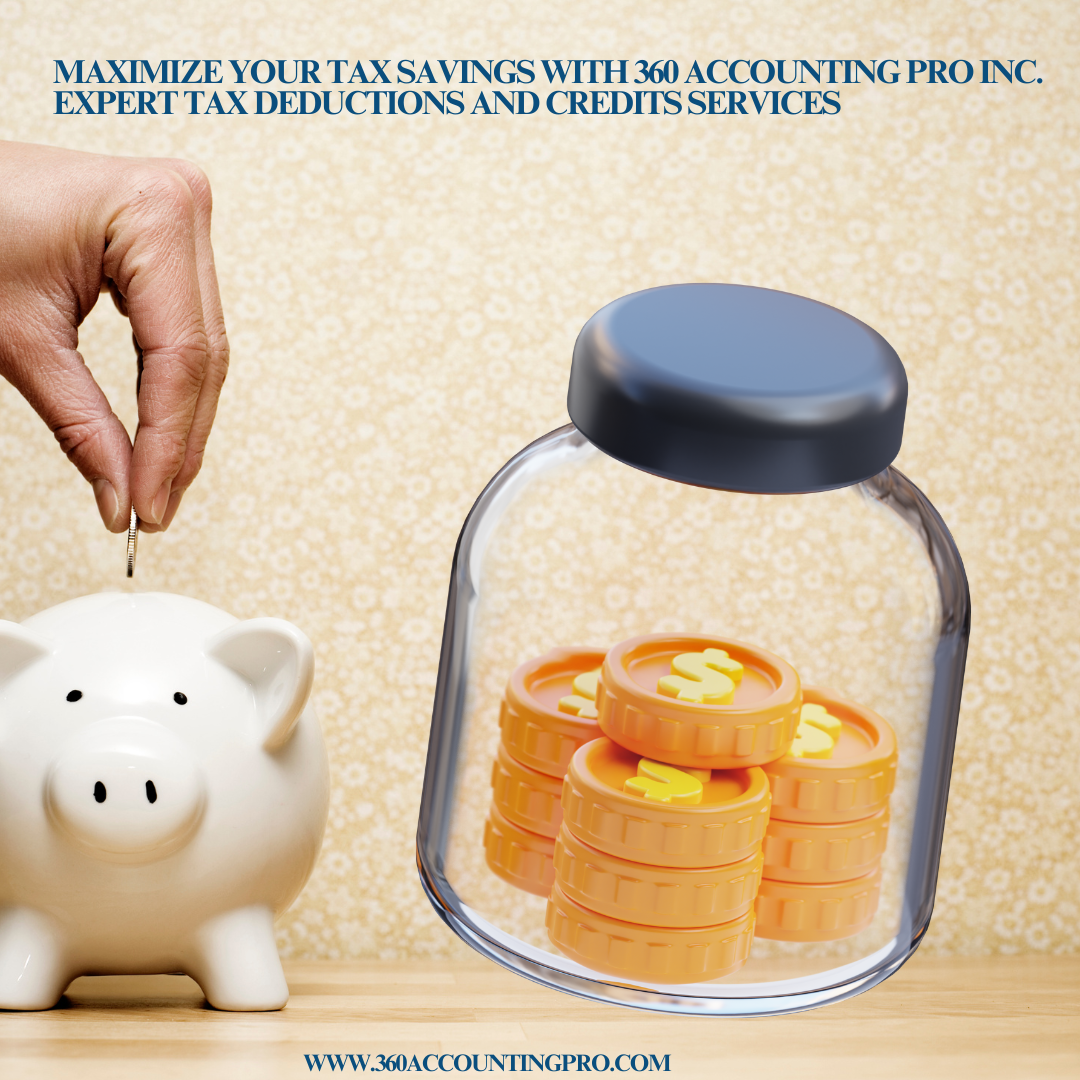





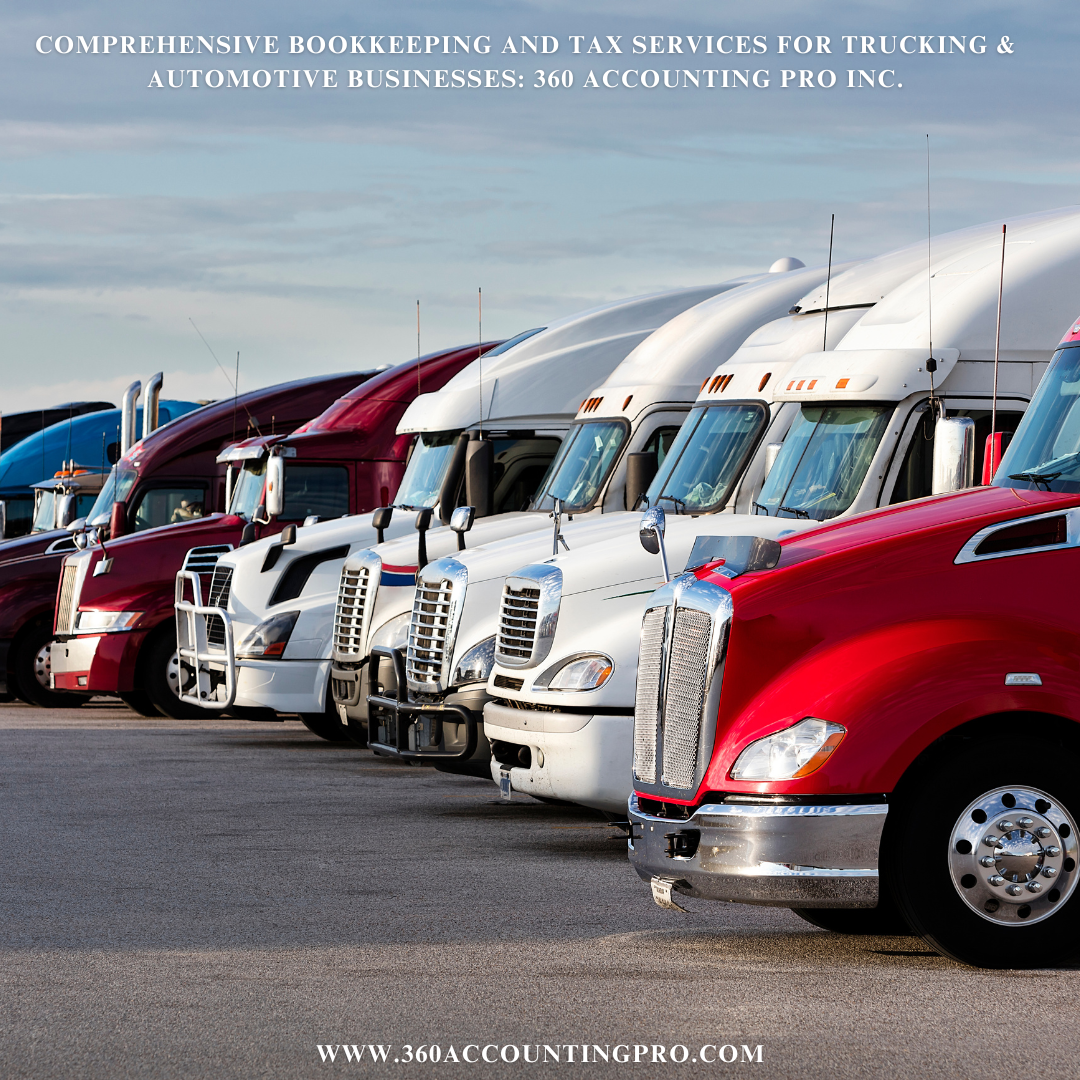


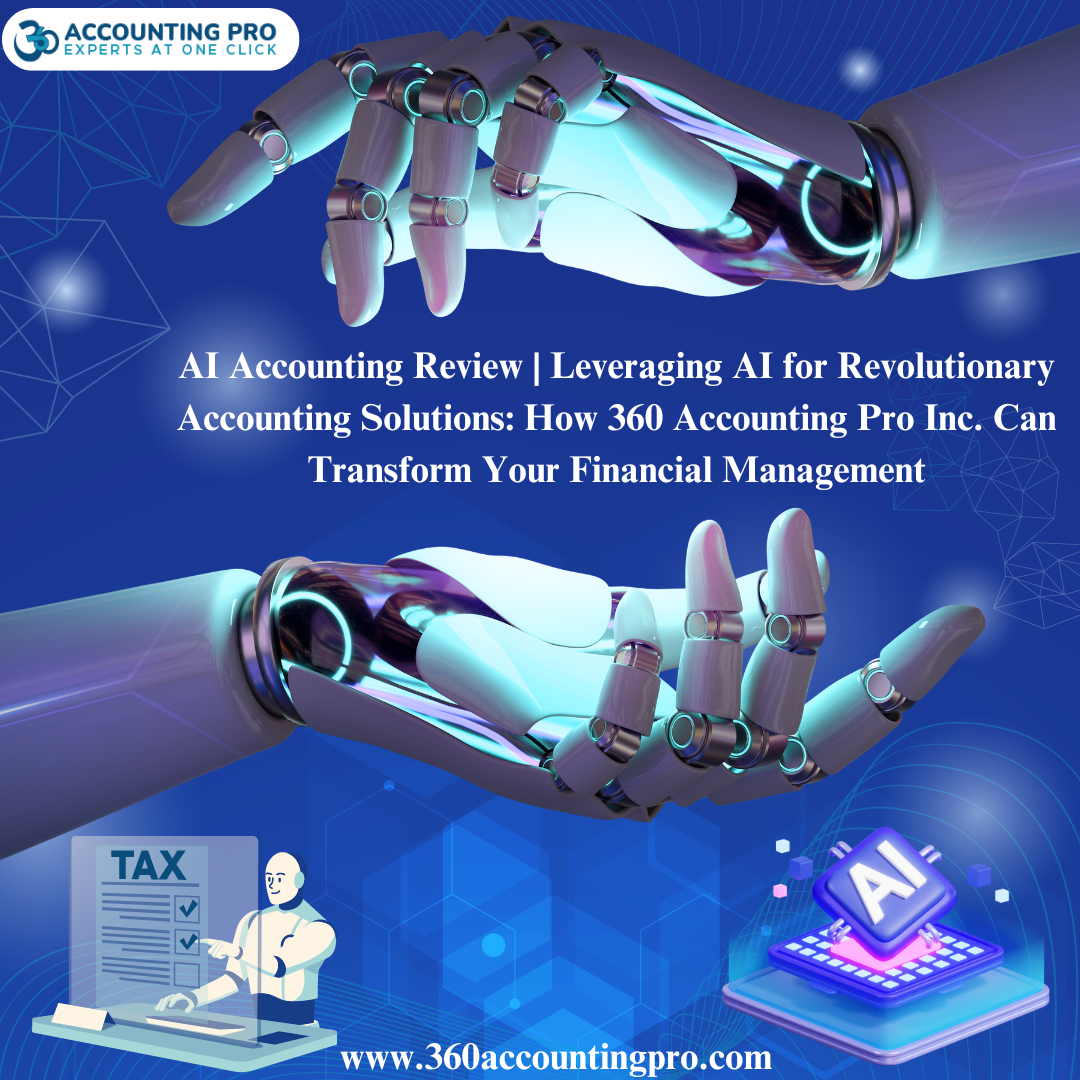







.jpg)
.jpg)
.jpg)
.jpg)


).jpg)





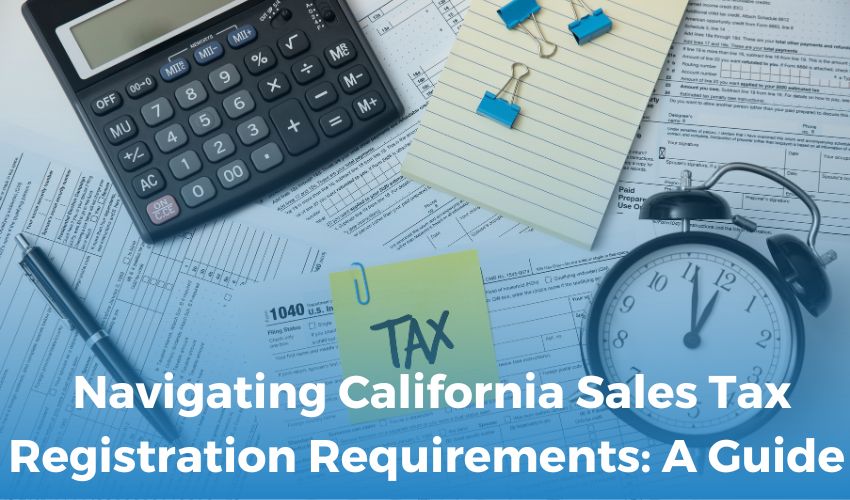

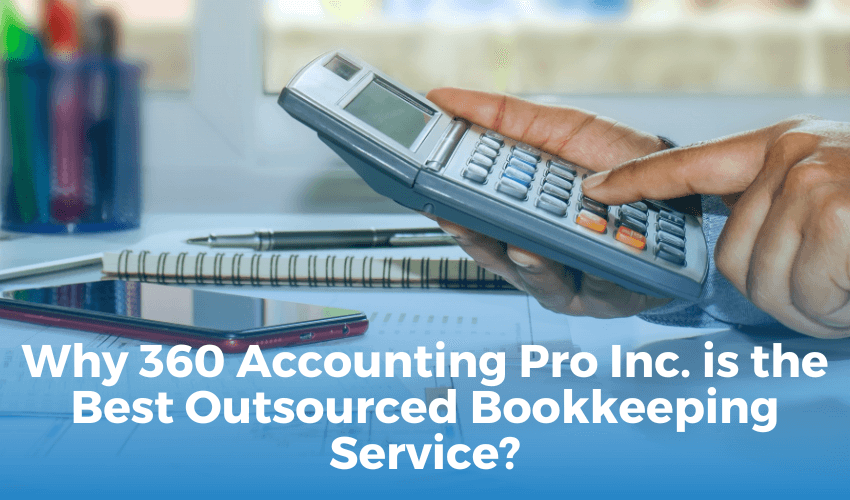
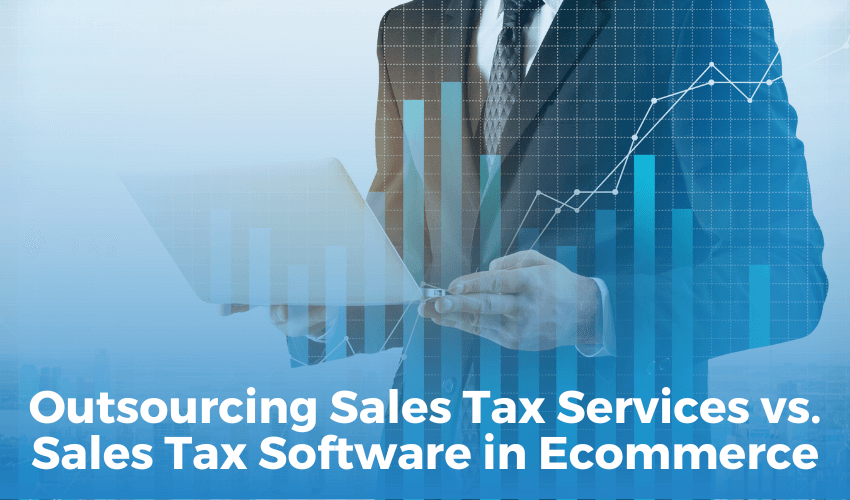



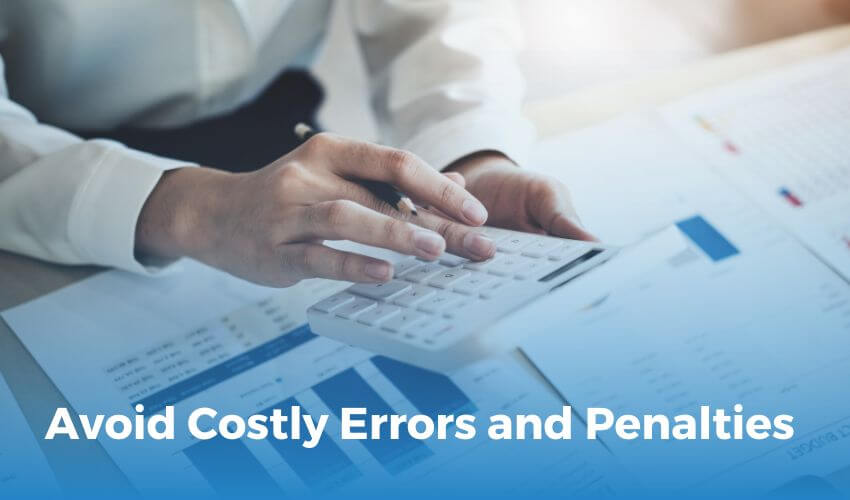

 Get A Quote
Get A Quote
Leave A Comment